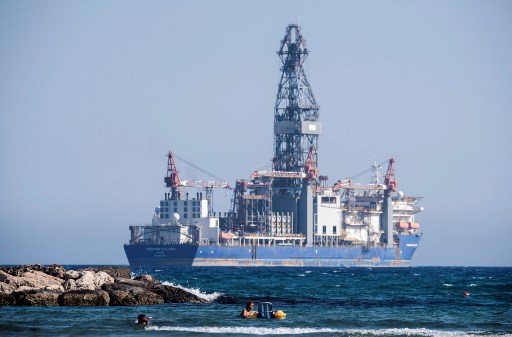
403
Sorry!!
Error! We're sorry, but the page you were looking for doesn't exist.
Russia's Oil Exports to India, China Take Longer Journeys, Raising Emissions Concerns
(MENAFN) Russia's oil exports to India and China have emerged as the country's top export destinations, with shipments taking longer journeys since the Russia-Ukraine war. Russian exports to these countries start from the Baltic ports of Ust-Luga and Primorsk and travel along the Baltic Sea, circumnavigate the Danish Islands, cross the British Straits, Gibraltar, Malta, Sicily, and the Suez Canal before continuing through the Red Sea to India, a journey that takes about 30-35 days. The route to China takes 10 days longer. However, not all crude grades take the slow 40-45 day delivery route, as ESPO blend crude shipments from Russia's Far East to China take only about five days due to its proximity to Chinese shores.
According to Kpler data, Russia's oil exports to India have been increasing for nine consecutive months, with Ural, SBL, and ESPO crude shipments reaching the highest level since the war in March 2023, at 1.99 million barrels per day. "It is pretty much a bromance or love story between the two countries," said Tamara Katona, an oil market analyst at Rystad Energy.
Since the start of the war, Russia's crude exports to China have remained at an average of one million barrels per day. Sri Lanka and Myanmar have also emerged as significant export destinations for Russian crude, rising from marginal imports prior to the war.
However, longer shipping routes for Russian oil exports to India and China have raised concerns about increased emissions from shipping, which accounts for 3% of global carbon emissions. "The world trade has become significantly more polluting than it used to be before, that is an absolute fact. The biggest increase in terms of voyage times into Asia is Russia to India. So this is definitely increasing emissions from shipping compared to five days into Rotterdam. Likewise, US, West African, and Latin American exports to Europe also mean more emissions," said Katona.
As the global oil trade continues to shift, stakeholders must consider the environmental impact of longer shipping journeys and work towards mitigating emissions from the shipping industry. While Russia's oil exports to India and China have helped to fill the void left by the absence of Russian crude in Europe, the longer journeys to these destinations highlight the importance of diversifying crude sources and supply chains to reduce emissions and promote sustainability.
According to Kpler data, Russia's oil exports to India have been increasing for nine consecutive months, with Ural, SBL, and ESPO crude shipments reaching the highest level since the war in March 2023, at 1.99 million barrels per day. "It is pretty much a bromance or love story between the two countries," said Tamara Katona, an oil market analyst at Rystad Energy.
Since the start of the war, Russia's crude exports to China have remained at an average of one million barrels per day. Sri Lanka and Myanmar have also emerged as significant export destinations for Russian crude, rising from marginal imports prior to the war.
However, longer shipping routes for Russian oil exports to India and China have raised concerns about increased emissions from shipping, which accounts for 3% of global carbon emissions. "The world trade has become significantly more polluting than it used to be before, that is an absolute fact. The biggest increase in terms of voyage times into Asia is Russia to India. So this is definitely increasing emissions from shipping compared to five days into Rotterdam. Likewise, US, West African, and Latin American exports to Europe also mean more emissions," said Katona.
As the global oil trade continues to shift, stakeholders must consider the environmental impact of longer shipping journeys and work towards mitigating emissions from the shipping industry. While Russia's oil exports to India and China have helped to fill the void left by the absence of Russian crude in Europe, the longer journeys to these destinations highlight the importance of diversifying crude sources and supply chains to reduce emissions and promote sustainability.

Legal Disclaimer:
MENAFN provides the
information “as is” without warranty of any kind. We do not accept
any responsibility or liability for the accuracy, content, images,
videos, licenses, completeness, legality, or reliability of the information
contained in this article. If you have any complaints or copyright
issues related to this article, kindly contact the provider above.


















Comments
No comment